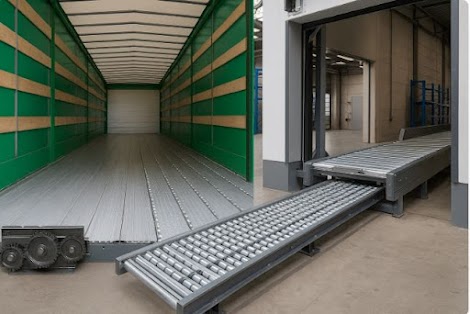Smart Material Handling: From Silos to Automated Loading Systems

In today’s fast-evolving industrial landscape, efficiency and reliability are no longer optional—they are the backbone of success. Businesses across energy, logistics, and manufacturing sectors are seeking smarter ways to handle materials, reduce costs, and maximize throughput. Two standout innovations leading this transformation are Reception and storage silo/bunkers with moving floor systems for RDF and Biomass and Automation of pallet/skid loading into trailers and loading docks. Together, these solutions are revolutionizing how industries handle bulk material and logistics operations. Streamlining Material Reception and Storage When dealing with Refuse-Derived Fuel (RDF) or Biomass, the challenge lies in managing high volumes of heterogeneous materials while ensuring safety and continuity. Modern reception and storage silo/bunkers with moving floor systems for RDF and Biomass provide a powerful answer. These systems offer robust and flexible storage options, designed to handl...





